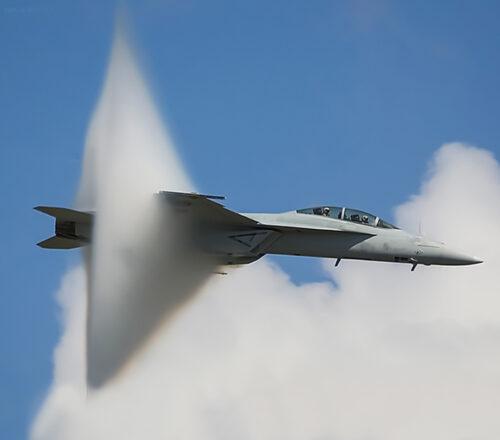
Table of Contents
The frequency of the sound of a humming bird
The humming sound produced by hummingbirds, which is a distinctive characteristic of these birds, primarily originates from their rapid wing beats rather than vocalizations. Hummingbirds are known for their ability to hover in mid-air, thanks to their incredibly fast wing flaps, which can range from about 12 to 80 flaps per second, depending on the species and the activity they are performing (e.g., hovering, straight flight, or courting rituals). This rapid movement creates the humming sound that gives these birds their name.
Frequency of Hummingbird Wing Beats
The frequency, or the rate of wing beats per second, varies widely among the different species of hummingbirds:
- Smaller species: Tend to have faster wingbeat frequencies. For example, the tiny Bee Hummingbird (Mellisuga helenae), the world’s smallest bird, can flap its wings up to 80 times per second during normal flight.
- Larger species: Have slower wingbeat frequencies. The Giant Hummingbird (Patagona gigas), the largest known species, flaps its wings at a slower rate, about 12 to 15 times per second.
Sound Frequency
The sound frequency (measured in Hertz, Hz) of the humming sound itself, which is a result of the wing beats, can vary and is not commonly specified in the same way as the wingbeat frequency. The pitch of the humming sound can give an impression of the wingbeat rate, but the actual sound frequency would include a range of frequencies due to the complexity of the sound produced by the wings cutting through the air.
Significance of the Humming Sound
The humming sound of hummingbirds is not only a byproduct of their flight mechanism but also plays a role in communication and possibly in mating displays, as some species may alter their wingbeat frequencies to create different sounds during courtship.
While the precise sound frequencies produced by the wings of hummingbirds are less commonly detailed in literature compared to their wingbeat rates, the rapid movement of their wings and the resulting sounds are among the many remarkable adaptations these birds have evolved for flight, feeding, and communication.
Thank you for reading, shares and comments!
✨ Comment Policy ✨
We welcome thoughtful, kind, and constructive comments that contribute to meaningful conversations.
Please note:
- Promotional links and unsolicited offers will be removed.
- Spam, irrelevant content, or self-promotion without prior permission will not be published.
- We value quality engagement over quantity — thank you for helping us keep this a respectful and inspiring space!
Sources openai Language models, aitrot, picsart and mib
Take time to learn
Invest in your future
Embark on a journey into the realm of affiliate marketing and craft your own website within a vibrant, supportive community. Join me in this adventure, where you can begin as a free starter and stay as long as you desire. Enjoy complimentary hosting and foundational teachings to set you on your path. For those with advanced skills, opportunities to elevate your expertise await. Take a moment to explore and witness the magic for yourself!




